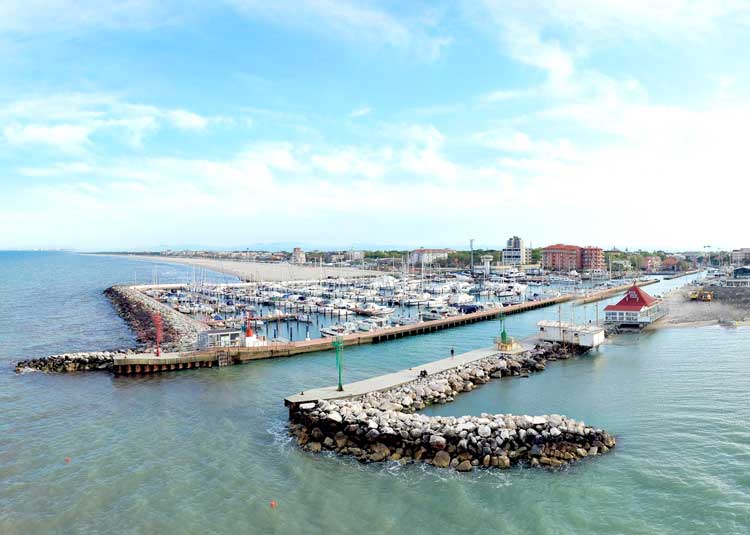
Optimising real-time dredge monitoring systems with acoustic sensors
Driven by an increasing population, global maritime trade activity is at an all-time high. To keep up with demand, larger vessels and expanded port facilities are being built. Larger vessels, particularly container vessels, often require multiple expansion projects, such as expanding turning basins, widening shipping channels and digging deeper berths. These port expansion projects often require dredging to ensure the upgraded facilities can handle vessels of any size. However, dredging in the maritime industry is continuous, expensive and resource intensive. To meet evolving demands while remaining economically viable, tools that increase dredging efficiency need to be evaluated and incorporated into dredging operations.

Balancing project progress and limited system knowledge in Amatique Bay
The development of a new marine project demands a system approach in which all aspects, including technical, economic, environmental and social, are considered and integrated equally and at an early stage. While insufficient information may be available to make informed decisions, choices need to be made to progress a project, assess impacts and risks, and engage stakeholders. This article explores the case of a new port terminal in Amatique Bay, Guatemala. A method was developed to assess, at an early stage, the potential negative impacts on seagrass habitats from the disposal of dredged material at different locations, while having limited real-time and location-specific information at hand.

LIFE MARINAPLAN PLUS Project: Sustainable marine and coastal seabed management
In June 2019, the research team of the LIFE MARINAPLAN PLUS project began operating the first-of-a-kind demonstration plant installation at the harbour entrance of Marina di Cervia (Italy). Fulfilling the project’s objective to apply at industrial scale a reliable technology for the sustainable management of sediment in marine infrastructures, this technology prevents harbour silting through the use of submerged devices called ‘ejectors’ installed on the seabed.

The Smartsediment tool: a QGIS plug-in for evaluating ecosystems services
Managing sediments, especially from dredging, is important for the management of estuaries and coastal areas. When implemented in the right way, a sediment management strategy can be qualified as a nature-based solution as it uses the physical processes of erosion and sedimentation to create added value. There is a need for an evaluation of sediment strategies and the habitats that are created for a wider range of objectives than only biodiversity and nature conservation. The concept of ecosystem services provides this broader framework.

Environmental Monitoring
The new IADC-CEDA Fact Sheet about Environmental Monitoring is now available in the IADC Knowledge Centre.

Environmental Monitoring
The Fact Sheet "Environmental Monitoring” describes the methods used to alert dredging contractors to environmental impacts so they can be addressed quickly.

Mapping water quality with drones: test case in Texel
Winning co-author Liesbeth De Keukelaere the Young Author Award, an article about the pilot test case organised at the Prins Hendrik Zanddijk project in Texel, The Netherlands, demonstrating drone technology for water quality monitoring.

IADC reveals the fourteen nominations in the running for the IADC Safety Award 2019
19 August 2019 - IADC is proud to announce fourteen nominations in the running to receive the Safety Award 2019. The winner will be announced on 17 October 2019. 1st nomination Safer shock-prevention monitoring box from Bender Benelux installed on all Boskalis mobile generators

